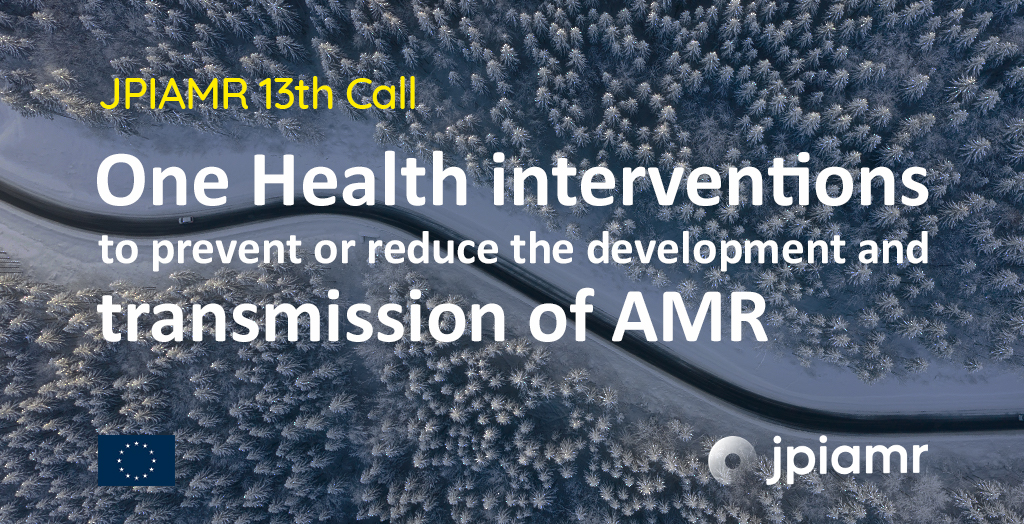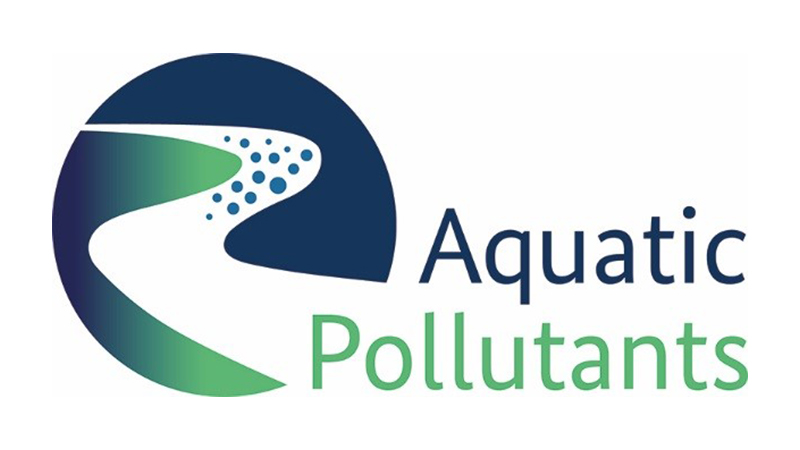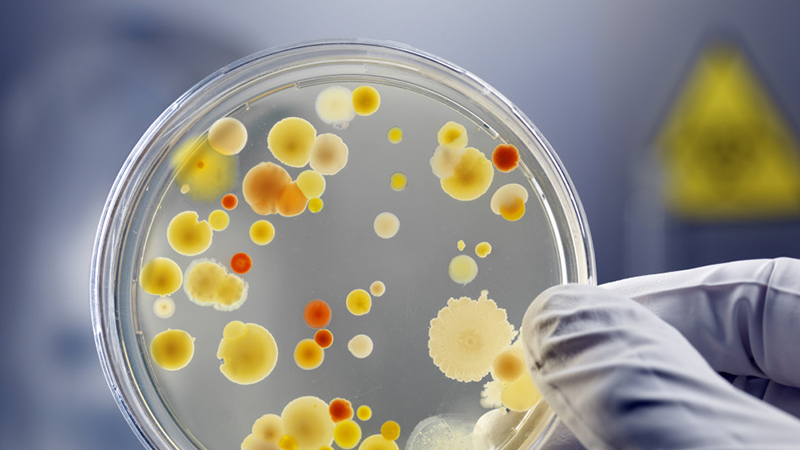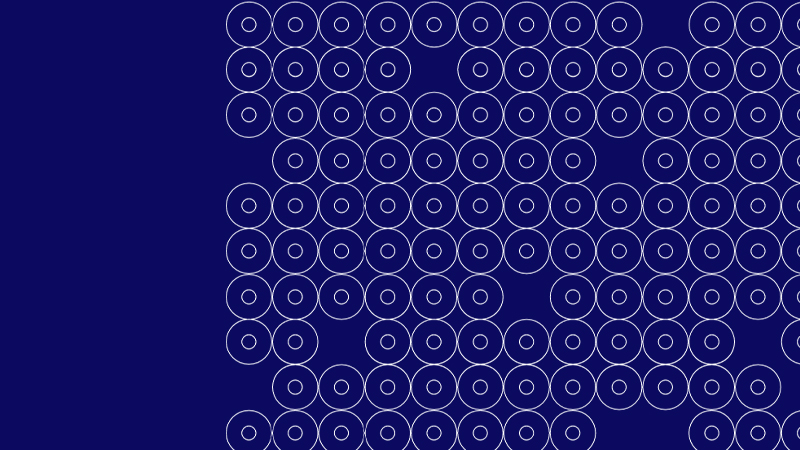JPIAMR is launching an international call for projects under the umbrella of JPIAMR and within the framework of the ERA-NET JPIAMR-ACTION. The call Interventions moving forward to promote action to counteract the emergence and spread of bacterial and fungal resistance and to improve treatments will involve 21 funders from 19 countries. The total estimated call budget is over 17,7 million Euro.
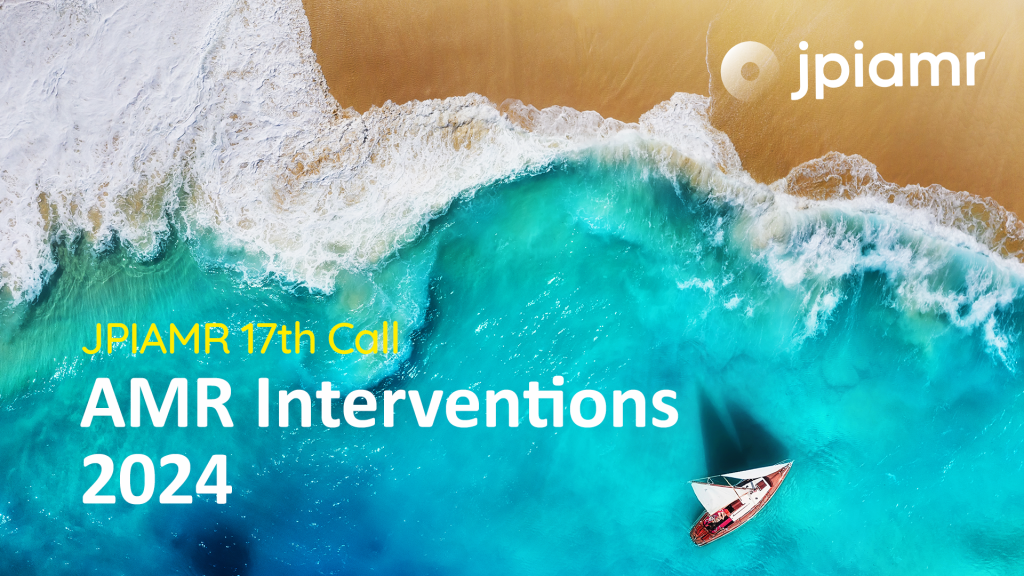
This call is closed.
To take action against the growing global threat of increased spread of antimicrobial (antibacterial and antifungal) resistance, this call will fund international collaborative research projects aiming to improve, compare and evaluate the effectiveness, cost effectiveness, and uptake of existing interventions against bacterial or fungal infections and/or to design new interventions against fungal infections.
Through this call, the ERA-NET JPIAMR-ACTION intends to create and reinforce the collaboration between research partners coming from different countries and different fields of expertise to promote interventional research on antimicrobial resistance.
Topics of the call
Proposals should address one of the two topics of the call:
Topic 1: Design novel or improved interventions to prevent, mitigate and /or treat fungal infections, which are resistant to treatments and/or are at risk of developing resistance
The novel interventions for Topic 1 may include, but are not limited to: prevention strategies, treatments based on new or existing compounds or technologies, improved or novel diagnostics or surveillance
Topic 2: Improve and/or, compare and/or evaluate strategies, technologies, treatments, methods, protocols or data collection based on existing interventions, aiming to prevent or reduce the emergence or spread of antibacterial or antifungal resistance or to treat/cure infections caused by resistant bacteria/fungi and recommend new policies.
Within this topic, projects should address one or more of the following subtopics:
- Improve and/or compare and/ or evaluate the effectiveness of existing interventions (e.g. cost effectiveness clinical utility, socio-economic adaptability, reducing AMR emergence, spread, transmission, treatment etc.)
- Identify the barriers to uptake, including factors leading to the success or failure of previously run pilot interventions, and when applicable design solutions to overcome them.
The prevention and/or mitigation interventions for Topic 2 may include, but are not limited to:
- Treatment (e.g. wastewater, medical, technological etc.),
- protocols
- Social, societal and behavioural intervention (e.g. public awareness campaigns, provider audit and feedback, reimbursement penalties, prescription requirements, infection prevention and control programmes),
- Stewardship efforts (e.g. antimicrobial or vaccination guidelines).
These interventions may use technological, digital, or AI based approaches.
For all topics, reuse and/or improvement of the quality and sustainability of existing data is encouraged.
Out of scope sub-topics
The following sub-topics are out of the scope of the call:
- Antivirals and antiparasitics
- Proposals solely aiming to treat plant or animal infections without link to human health
- Proposals solely aiming to extend existing or implement new surveillance systems
One Health settings
The call covers the following One Health settings:
- Human Health;
- Animal Health (including wildlife, livestock, aquatic organisms, and companion animals);
- Plants (including trees and crops);
- Environment (including natural and built environment).
The eligibility of the considered One Health setting may depend on your funding organisation.
Eligibility
Eligibility rules for the consortia are:
- The consortium must include a minimum of three (3) eligible project partners asking for funding from three (3) different eligible countries (including at least two amongst EU Member States or Associated Countries.
- The consortium can include a maximum of six (6) project partners. The maximum number of project partners can be increased to seven (7) if the consortium includes:
- at least one project partner from an under-represented country or
- at least one project partner where the Principal Investigator (PI) meets the definition of an Early Career Researcher or
- a company.
- The consortium can include a maximum of two (2) partners from the same country per proposal.
Timeline and contact information
The call Interventions moving forward to promote action to counteract the emergence and spread of bacterial and fungal resistance and to improve treatments will follow a two-step evaluation proceedure.
10 January 2024 (10.00 CET) – Call opens
14 March 2024 (14.00 CET) – Deadline pre-proposals
End of May 2024 – Full proposal invitations sent to project coordinators
9 July 2024 – Deadline full proposals
Please contact the call secretariat if you have any questions about the call: JPIAMR@moh.gov.il
Information and application
- Call text “AMR Interventions 2024” (pdf 0,9 MB). All specific information on the call. Updated 2024-01-24: Changes in Annex B (National Rules and Requirements) for Latvia.
- The call is now closed for pre-proposals. Please see section 4 (Evaluation) in the call text for details regarding the evaluation proceedure.
- Consortia that have been invited by the call secretariat to the stage 2 of the call must submit a full proposal (see form below) before 9 July 2024 (13.00 CEST) in the on-line submission platform: PT-Outline (ptoutline.eu)
- Full proposal form (Word 0,2 MB)
Webinar for applicants
A live webinar for applicants was organised on the 24th of January 2024 presenting the call and the partner search tool. Representatives from funders participating in the call answered questions live.
The recordings from the webinar are available on the JPIAMR YouTube channel:
Questions and Answers:
Partner Search Tool
A match-making tool has been created for applicants, to facilitate networking and the creation of consortia:
The tool can be consulted for several purposes:
- Partner looking for project: As individual researcher or a representative of a lab or research team, searching for a project to join.
- Project looking for partner: If you want to build a consortium around an existing project and want to find partners for your project ideas.
Funders
Australia
National Health and Medical Research Council (NHMRC)
Belgium
Fonds de la Recherche Scientifique (FNRS)
Canada
Canadian Institutes of Health Research (CIHR)
France
Agence Nationale de la Recherche (ANR)
Germany
Deutsches Zentrum für Luft- und Raumfahrt (DLR)
Hungary
National Research, Development and Innovation Fund (NKFIH)
Ireland
Health Research Board (HRB)
Israel
Ministry of Health (CSO-MOH)
Italy
Fondazione Regionale per la Ricerca Biomedica (FRRB)
Ministry of Health (It-MOH)
Latvia
Latvia Council of Science (LCS)
Lithuania
Research Council of Lithuania (LMT)
Moldova
Agentia Nationala Pentru Cercetare Si Dezvoltare (ANCD)
Netherlands
The Netherlands Organisation for Health Research and Development (ZonMw)
Norway
The Research Council of Norway (RCN)
Poland
Narodowe Centrum Nauki (NCN)
Spain
Instituto de Salud Carlos III (ISCIII)
Sweden
Swedish Research Council (SRC)
Switzerland
Swiss National Science Foundation (SNSF)
United Kingdom
UKRI Research Councils (UKRI RC)
National Institute for Health and Care Research (NIHR)
Supported projects
Thirteen projects involving 64 partners from 15 different countries have been recommended for funding within the JPIAMR 17th transnational call: “Interventions moving forward to promote action to counteract the emergence and spread of bacterial and fungal resistance and to improve treatments”. The total funding amount is 17,2 M€. Click on the project titles in the list below to learn more on each project.


